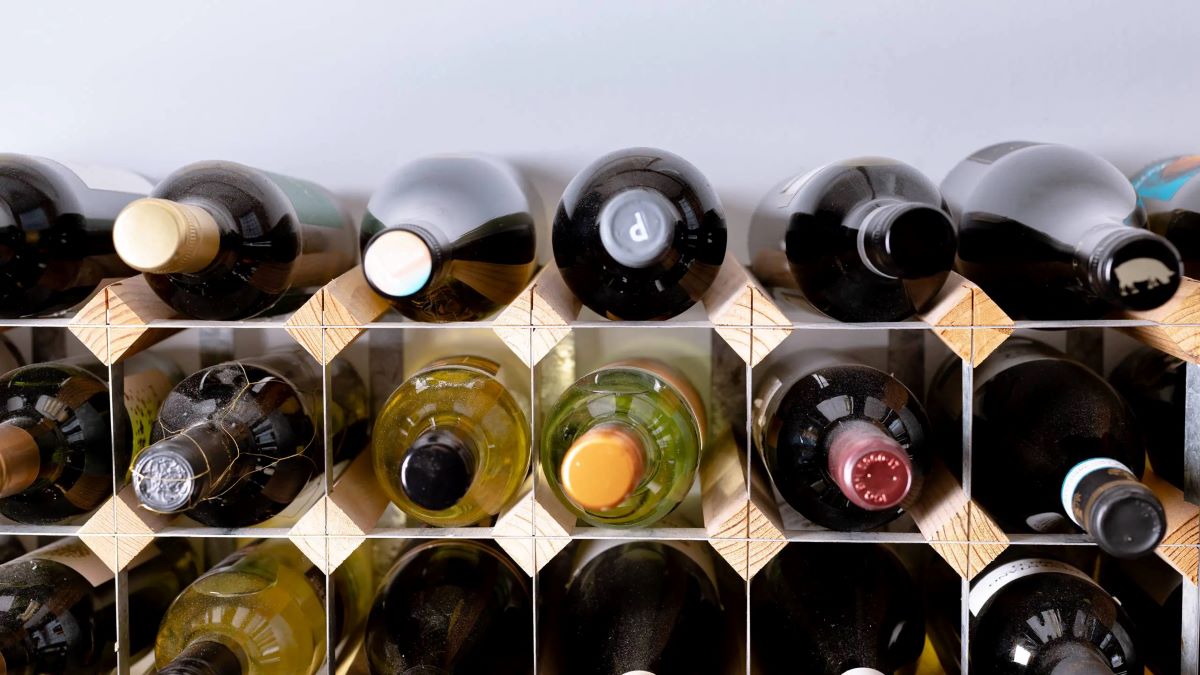

Articles
How To Store A Bottle Of Wine
Modified: October 20, 2024
Learn the proper way to store a bottle of wine with our informative articles. Discover tips and techniques that will enhance the taste and longevity of your favorite wines.
(Many of the links in this article redirect to a specific reviewed product. Your purchase of these products through affiliate links helps to generate commission for Storables.com, at no extra cost. Learn more)
Introduction
Welcome to the world of wine! Whether you’re a connoisseur, a casual enthusiast, or just starting your journey into the realm of wine appreciation, one thing is certain – proper storage is paramount. A bottle of wine carefully stored can unlock flavors and complexities that can elevate your drinking experience. On the other hand, improper storage can result in a disappointing and lackluster taste.
Understanding how to store wine is essential for preserving its quality, aroma, and character over time. Temperature, humidity, light exposure, and even bottle positioning all play vital roles in maintaining the integrity of your precious wine collection.
In this article, we’ll guide you through the process of storing wine, whether you’re a seasoned wine collector planning to build an elaborate cellar or a casual consumer looking to keep a few bottles in optimal condition. We’ll cover everything from choosing the right storage conditions to cellar organization, as well as common storage mistakes to avoid.
So, let’s dive in and explore the ins and outs of proper wine storage. By the end of this article, you’ll feel confident in your ability to store and enjoy your favorite bottles of wine to their fullest potential.
Key Takeaways:
- Proper wine storage is crucial for preserving flavor and quality. Consistency in temperature, humidity, and light exposure is key to aging wine gracefully and enjoying its full potential.
- Organizing, monitoring, and maintaining the storage environment are essential for preserving the quality and longevity of your wine collection. Proper handling, movement, and patience in aging wine contribute to a rewarding and enjoyable experience.
Read more: How To Store Wine Bottles
Understanding Wine Storage
Before delving into the specifics of wine storage, it’s important to understand why proper storage is crucial. Wine is a delicate beverage that undergoes a complex aging process. It evolves over time, developing unique aromas, flavors, and textures. However, this evolution can only occur under optimal storage conditions.
The two main factors that influence wine aging and maturation are temperature and humidity. Temperature fluctuations can cause the expansion and contraction of the liquid inside the bottle, leading to seepage or damage to the cork. High temperatures can also accelerate the aging process, resulting in premature oxidation and a loss of flavor. Conversely, low temperatures can slow down the aging process and inhibit the development of desirable characteristics.
Humidity is another critical aspect to consider. Too dry an environment can dry out the cork, allowing air to enter the bottle and spoil the wine. On the other hand, excessive humidity can cause mold or label damage. Ideally, a humidity level of around 60-70% is recommended for wine storage.
In addition to temperature and humidity, exposure to light can also degrade the quality of wine. Ultraviolet (UV) rays, whether from natural or artificial sources, can break down organic compounds in the wine, resulting in unpleasant flavors. This is why wine bottles are traditionally made with dark glass to protect them from light.
Lastly, bottle positioning is an important consideration. Most wines, especially those sealed with corks, should be stored horizontally. This allows the wine to keep the cork moist, preventing it from drying out and allowing air to infiltrate the bottle. However, wines with alternative closures, such as screw caps or synthetic corks, can be stored upright if desired.
By understanding these key factors, you can appreciate the importance of providing the right storage conditions for your wine collection. In the next section, we’ll delve into the various aspects to consider when choosing the ideal storage conditions for your wine bottles.
Choosing the Right Storage Conditions
When it comes to wine storage, consistency is key. Maintaining stable and suitable conditions for your wine bottles is essential to ensure their longevity and quality. Here are some factors to consider when choosing the right storage conditions:
- Temperature: The ideal temperature for wine storage typically falls between 50-59 degrees Fahrenheit (10-15 degrees Celsius). Fluctuations in temperature should be minimal, as rapid shifts can damage the wine. It’s important to avoid extreme heat or cold, as they can accelerate aging or impede development, respectively.
- Humidity: As mentioned earlier, humidity levels should be around 60-70%. This moderate level prevents corks from drying out and maintains an optimal seal. A wine cellar or storage area with appropriate humidity can be achieved through the use of humidifiers or by storing wine in a naturally humid environment.
- Light: Wine is sensitive to ultraviolet (UV) light, which can deteriorate the wine’s quality and prematurely age it. It’s crucial to store wine away from direct sunlight or fluorescent light. If possible, opt for dimly lit or dark storage areas to minimize the exposure to light.
- Vibration: Excessive vibrations can disturb the sediments in wine and affect its aging process. With prolonged exposure to vibrations, wines may develop an unpleasant taste due to disrupted chemical reactions. It’s best to store your wine bottles in a relatively vibration-free environment.
- Air Quality: The air quality in your wine storage area should be clean and free from strong odors. Strong odors can permeate through the cork and taint the wine’s aroma and taste.
In order to maintain these conditions, consider using a dedicated wine refrigerator or cellar. These specialized storage units allow you to control temperature, humidity, and other environmental factors accurately. If you’re unable to invest in a dedicated wine storage system, look for a cool, dark, and stable area in your home, away from appliances that generate heat or areas prone to temperature fluctuations.
By carefully selecting the right storage conditions, you’ll provide your wine bottles with the optimal environment for aging gracefully and preserving their quality. In the next section, we’ll explore practical tips and considerations for storing wine at home.
Storing Wine at Home
Storing wine at home can be a rewarding and enjoyable experience, whether you have a small collection or a growing assortment of bottles. Here are some tips and considerations to ensure that you are storing your wine effectively:
- Consistent Temperature: Choose a location in your home that maintains a consistent temperature within the preferred range of 50-59 degrees Fahrenheit (10-15 degrees Celsius). Avoid areas that are subject to significant temperature fluctuations, such as near windows, heating vents, or appliances that generate heat. A cool basement or closet can be an excellent option for storing wine.
- Controlled Humidity: While it can be challenging to control humidity levels in a home environment, aim for a relative humidity of around 60-70%. Use a hygrometer to monitor humidity levels, and consider using a humidifier or dehumidifier if necessary.
- Dark Storage: Keep your wine away from direct sunlight and bright artificial light sources. Light exposure can degrade the wine’s quality and lead to undesirable flavors. If storing wine in an area with windows, consider using curtains or blinds to block out UV rays.
- Minimal Vibration: Vibrations can disturb the sediments and aging process of the wine. Avoid storing wine near appliances that cause vibrations, such as washing machines or refrigerators. If possible, select a stable location free from frequent vibrations.
- Horizontal Storage: Store wine bottles horizontally if they are sealed with traditional corks. This helps to keep the cork moist and prevents it from drying out. If your bottles have alternative closures like screw caps or synthetic corks, vertical storage is acceptable.
- Keep It Still: Once you have stored your wine, try to minimize movement as much as possible. Agitating or frequently moving the bottles can disturb the sediment and disrupt the aging process.
- Avoid Strong Odors: Wine is highly susceptible to absorbing strong odors from its surroundings, which can taint its aroma and taste. Keep your wine away from areas with strong-smelling products, such as cleaning chemicals or perfumes.
- Dedicated Wine Racks or Shelving: Consider investing in wine racks or shelving designed specifically for wine storage. These will help keep your bottles organized and allow for easy access without disturbing the other bottles.
- Label Visibility: Make sure the labels on your wine bottles are easily visible. This will allow you to quickly identify and locate specific bottles without having to disturb the entire collection.
- Rotation and Inventory: Keep track of your wine collection by maintaining an inventory list. This will help you monitor the age of the bottles and ensure that you consume them at their peak. Rotate the bottles periodically to access the older vintages first.
By implementing these practices, you can create an optimal storage setup for your wine bottles at home. In the next section, we will discuss selecting the ideal location for storing your wine collection.
Selecting the Ideal Storage Location
Choosing the right location for storing your wine collection is important in maintaining its quality and longevity. Here are some considerations when selecting the ideal storage location:
- Away from Heat Sources: Avoid storing wine near heat sources such as radiators, stoves, or direct sunlight. Heat can quickly degrade the wine and affect its flavor and aroma.
- Temperature Stability: Look for a location in your home that experiences minimal temperature fluctuations. Rapid changes in temperature can negatively impact the aging process and compromise the quality of your wine.
- Proper Ventilation: Adequate ventilation is crucial to prevent the build-up of odors and maintain air circulation in the storage area. This helps to prevent any musty smells or mold growth that can taint the wine.
- Darkness: Choose a storage location that is shielded from direct sunlight and artificial light sources. Exposure to light can cause the wine to deteriorate faster and lead to unpleasant flavors.
- Low Vibration: Wine is sensitive to vibrations, which can disturb the aging process and negatively affect its quality. Avoid storing your wine collection near appliances or areas prone to vibrations.
- Optimal Humidity: Look for an area in your home with moderate humidity levels of around 60-70%. This helps to keep the cork moist and prevents it from drying out, ensuring a proper seal.
- Space Availability: Consider the available space in your home when selecting a storage location. If you have a growing collection, you may want to allocate a dedicated area or invest in wine racks or storage units to accommodate your bottles.
- Accessibility: Ensure that your chosen storage location allows for easy access to your wine collection. This will simplify the process of selecting bottles and minimize disturbances to the rest of the collection.
- Security: If your wine collection has significant value, consider the security of your chosen storage location. Lockable cabinets or dedicated wine storage units can provide an added layer of protection.
- Suitable Size: Assess the size of your wine collection to determine the appropriate storage area. If you only have a few bottles, a small wine refrigerator or a designated wine rack might suffice. For larger collections, consider a dedicated wine cellar or a spacious storage area.
By taking these factors into account, you can select an ideal storage location that meets the necessary requirements for preserving the quality of your wine collection. In the next section, we will discuss how to properly prepare your wine bottles for storage.
Read more: How To Store An Opened Bottle Of Wine
Preparing the Wine for Storage
Properly preparing your wine bottles before storage is essential to ensure their longevity and maintain their quality. Follow these steps to prepare your wine for storage:
- Clean the Bottles: Before storing your wine, make sure the bottles are clean and free from any residue or dirt. Rinse them with warm water and allow them to air dry completely.
- Inspect the Labels: Check the labels on your wine bottles to ensure they are intact and legible. If the labels are damaged or peeling, consider reattaching them or placing a protective coating to prevent further damage.
- Store Upright Temporarily: If you recently purchased the wine and it has been transported or shaken, store the bottles upright for at least 24 hours. This allows any sediment to settle at the bottom before placing the bottles horizontally for long-term storage.
- Wrap the Bottles: If you plan to move or transport your wine bottles, wrap them individually in bubble wrap or tissue paper to protect them from any potential damage. This will help cushion the bottles and prevent them from clinking together.
- Avoid Temperature Shocks: If your wine bottles have been exposed to extreme temperatures, allow them to gradually adjust to the desired storage temperature. Sudden temperature changes can negatively impact the wine’s flavor and potentially cause the bottles to leak or crack.
- Seal the Bottles: Ensure that the corks or alternative closures are securely sealed to maintain a proper barrier between the wine and the outside environment. Inspect the corks for any signs of damage or leaks, and replace them if necessary.
- Provide Darkness: If storing wine in a clear area, use wine bottle sleeves or keep the bottles in a dark storage box to protect them from any exposure to light.
- Keep Records: Create an inventory or wine tracking system to keep a record of the wines you have stored, including their vintage, variety, and any other relevant information. This will help you keep track of your collection and determine the ideal time to open specific bottles.
By following these steps, you can ensure that your wine is properly prepared for storage, reducing the risk of any potential damage and preserving its quality over time. In the next section, we will explore effective ways to organize your wine collection.
Store wine in a cool, dark place with a consistent temperature, away from strong odors and vibrations. Keep the bottle on its side to keep the cork moist.
Organizing Your Wine Collection
Organizing your wine collection can make it easier to find specific bottles, track inventory, and ensure that your wines are stored in an orderly and efficient manner. Here are some tips to help you organize your wine collection:
- Create a System: Develop a method for categorizing and organizing your wines that works for you. You can choose to categorize by wine type (red, white, rosé), region, grape variety, or any other criteria that is meaningful to you.
- Label and Tag: Use labels or tags on your wine bottles to identify key information such as vintage, producer, and tasting notes. This will make it easier to quickly find specific bottles without disturbing the rest of the collection.
- Group by Age: Consider separating your wines based on their expected aging timeframe. This will allow you to easily locate younger wines that are ready to be enjoyed as well as older vintages that are maturing and may require longer cellaring.
- Organize by Accessibility: If you have a mix of everyday drinking wines and special occasion bottles, consider organizing them accordingly. Place the wines you plan to drink soon in a more accessible location, while reserving a separate area for wines intended for long-term aging or special events.
- Consider Shelving Options: Invest in wine racks or shelving units specifically designed for wine storage. These options come in various sizes and designs, allowing you to customize your storage space to suit your collection’s size and layout.
- Keep an Inventory: Maintain an inventory or wine tracking system to keep a record of the wines you own. Note important details like the date of purchase, price, and the number of bottles you have. This will help you monitor your collection and plan for future purchases or consumption.
- Arrange by Drinking Order: If you often host wine tastings or dinners, arrange your wines in the order you would like to serve them. This way, you can easily retrieve each bottle in the appropriate sequence without scrambling through your collection.
- Consider Temperature Zones: If you have the space and resources, create different temperature zones within your storage area. This allows you to store wines at their optimal serving temperature, ensuring they are ready to be enjoyed whenever you desire.
- Regularly Update and Reorganize: As your wine collection evolves, regularly review and update your organization system. Adjust your categorizations and make any necessary changes to accommodate new additions or changes in your drinking preferences.
By implementing these organizing strategies, you can keep your wine collection tidy, easily accessible, and well-maintained. In the next section, we will highlight some common storage mistakes to avoid to ensure the longevity of your wines.
Avoiding Common Storage Mistakes
Properly storing wine requires careful attention to detail. Avoiding common storage mistakes can help preserve the quality and flavor of your wine collection. Here are some common mistakes to avoid:
- Incorrect Temperature: Storing wine in an area with extreme temperatures can have detrimental effects on its flavor and aging process. Avoid storing wine in places that are too hot or too cold, as this can accelerate aging or hinder development.
- Inadequate Humidity: Insufficient humidity can cause corks to dry out and allow air to seep into the bottles, leading to oxidation and spoilage. Conversely, excessive humidity can promote mold growth or label damage. Aim for a humidity level of around 60-70% to ensure the optimal conditions for wine storage.
- Exposure to Light: Ultraviolet (UV) rays from sunlight or artificial light can negatively impact the quality of wine by breaking down organic compounds and causing off flavors. Store your wine in a dark area or use UV-protective coverings to shield the bottles from light exposure.
- Poor Bottle Positioning: Storing wine bottles in an upright position for extended periods can lead to cork drying and air infiltration. If your wine bottles have corks, store them horizontally to keep the cork moist and ensure a proper seal. However, wines with alternative closures can be stored upright if desired.
- Agitation and Vibration: Wine is sensitive to vibrations that can disturb the aging process and affect the overall quality. Avoid storing wine near appliances or in areas prone to vibrations. Limit handling and movement of wine bottles as much as possible to prevent agitation.
- Inadequate Bottle Protection: Failing to protect wine bottles from physical damage can result in broken glass, label damage, or wine spoilage. Wrap bottles in bubble wrap or use wine bottle sleeves to provide cushioning during transportation or storage.
- Ignoring Storage Consistency: Consistency is essential for proper wine storage. Avoid frequent temperature fluctuations or constantly moving your wine bottles. Maintaining a stable environment allows the wine to age gracefully and develop its full potential.
- Neglecting Security: If your wine collection has significant value, it’s important to consider security measures. Ensure that your storage area is secure and restrict access to prevent theft or tampering.
- Not Monitoring Inventory: Failing to keep track of your wine collection can lead to bottles being forgotten or past their prime. Regularly update your inventory, note purchase dates, and monitor the age of your wines to ensure they are enjoyed at their best.
- Not Prioritizing Proper Storage: Wine storage is an investment in preserving the quality and value of your collection. Avoid compromising the condition of your wine by neglecting proper storage conditions or using inadequate storage solutions.
By avoiding these common storage mistakes, you can ensure that your wine collection remains in optimal condition and ready to be enjoyed for years to come. In the next section, we will discuss the importance of monitoring and maintaining the storage environment.
Monitoring and Maintaining the Storage Environment
Monitoring and maintaining the storage environment is critical to preserving the quality and longevity of your wine collection. By keeping a close eye on key factors and implementing proper maintenance practices, you can ensure that your wines are stored in optimal conditions. Here’s how:
- Temperature: Regularly monitor the temperature in your wine storage area to ensure it remains within the recommended range of 50-59 degrees Fahrenheit (10-15 degrees Celsius). Consider using a digital thermometer or a temperature-controlled storage unit to maintain a consistent temperature.
- Humidity: Use a hygrometer to measure the humidity levels in your storage area. Aim for a relative humidity of around 60-70%. If the humidity levels are too low, consider using a humidifier. Conversely, if humidity is too high, use a dehumidifier or ensure proper ventilation to prevent mold growth.
- Light Exposure: Regularly inspect your wine storage area for any potential sources of light exposure. Block out natural light using curtains, blinds, or UV-protective film on windows. Ensure that artificial light sources are not directed towards your wine collection.
- Bottle Positioning: Check on your wine bottles periodically to ensure they remain in the correct position. If any bottles have shifted or become upright, gently reposition them horizontally to keep the cork moist and maintain a proper seal.
- Vibration Control: Take measures to minimize vibration in your storage area. If necessary, place wine racks on vibration-dampening materials, such as foam or rubber pads. Keep the area free from appliances or machinery that can generate vibrations.
- Regular Inspections: Regularly inspect your wine bottles for signs of leakage, label damage, or other issues. Address any concerns immediately to prevent further damage to the wine or its packaging.
- Cork Health: Periodically check the condition of the corks on your wine bottles. Look for signs of drying, crumbling, or mold growth. If any corks appear compromised, consider re-corking or consuming the wine sooner rather than later.
- Organize and Rotate: Revisit your wine collection regularly to organize and rotate the bottles. Assess the age and condition of each bottle, and plan your consumption accordingly. This ensures that you are enjoying your wine at its peak freshness.
- Upkeep of Wine Storage System: If you have a dedicated wine storage system or cellar, follow the manufacturer’s guidelines for maintenance and upkeep. This may include replacing air filters, checking insulation, or cleaning the storage unit to ensure optimal performance.
- Seek Professional Assistance if Needed: If you are unsure about the condition of your wine collection or encounter any storage issues, it’s best to seek the advice of a wine storage professional or an experienced sommelier. They can provide guidance based on their expertise and help ensure the longevity of your wines.
By monitoring and maintaining the storage environment, you can protect and preserve the quality of your wine collection. In the next section, we will discuss the proper handling and movement of wine bottles.
Read more: How To Store An Open Bottle Of Red Wine
Properly Handling and Moving Wine Bottles
Proper handling and movement of wine bottles are crucial to prevent damage and preserve the integrity of the wine. Follow these guidelines to ensure that your wine bottles are handled and moved with care:
- Handle with Clean Hands: Always ensure that your hands are clean and free from any strong odors or substances before handling wine bottles. This will prevent any potential contamination of the wine.
- Avoid Shaking: Refrain from shaking wine bottles, as it can disturb the sediments and negatively affect the taste and clarity of the wine. Gently handle the bottles to minimize agitation.
- Support the Base: When picking up or moving wine bottles, always support the base of the bottle. The base provides the most stable point of contact and helps distribute the weight evenly.
- Be Gentle: Treat wine bottles delicately and avoid any rough or excessive handling. Dropping or mishandling a bottle can result in breakage or damage to the cork, compromising the quality of the wine.
- Avoid Extreme Temperatures: When moving wine bottles, avoid exposing them to extreme temperatures. Extreme heat or cold can expand or contract the liquid inside the bottle, potentially leading to leakage or spoilage.
- Use Proper Packaging: If you need to transport wine bottles, use appropriate packaging materials to protect them. Wine bottle sleeves, cardboard dividers, or wine-specific carrying cases can provide cushioning and minimize the risk of breakage.
- Securely Seal Bottles: Ensure that the bottles are properly sealed before moving them. Check that corks or alternative closures are snugly secured to prevent any leakage or oxidation during transportation.
- Avoid Stacking: When moving or storing wine bottles, avoid stacking them directly on top of each other. Stacking can create unnecessary pressure on the bottles and increase the risk of breakage.
- Give Bottles Space: Allow ample space around each wine bottle to reduce the chance of accidental bumps or collisions. This also makes it easier to remove individual bottles without disturbing the others.
- Minimize Movement: Try to minimize the movement of wine bottles once they are placed in their designated storage location. Frequent movement can disturb the sediments and potentially impact the aging process of the wine.
By following these guidelines, you can handle and move your wine bottles with care, ensuring that they remain in pristine condition and ready to be enjoyed. In the next section, we will explore the process of aging and cellaring wine.
Aging and Cellaring Wine
Aging and cellaring wine is a fascinating process that allows flavors, aromas, and complexity to develop over time. While not all wines are meant for long-term aging, certain varietals and styles can greatly benefit from the cellar. Here are some key points to consider when aging and cellaring wine:
- Know the Aging Potential: Not all wines are suitable for long-term aging. Research and understand the aging potential of different wines to ensure you are cellaring the right bottles. Typically, red wines with high tannins and acidity, such as Bordeaux or Barolo, are good candidates for aging.
- Optimal Storage Conditions: Wine aging requires specific storage conditions. Aim for a temperature range of around 50-59 degrees Fahrenheit (10-15 degrees Celsius), with a humidity level of 60-70%. Maintain steady and consistent temperatures without fluctuations to allow the wine to evolve gracefully.
- Timing is Key: Not all wines should be aged for extended periods. Some wines, particularly white wines, rosés, and lighter reds, are meant to be enjoyed young and fresh. Understand the ideal time to open certain bottles based on their variety, vintage, and region.
- Consider Wine’s Evolution: Wine goes through stages of development, and each stage offers different characteristics. Research the expected evolution of the wines you are cellaring, including the flavors, aromas, and texture that are likely to emerge over time. This knowledge will enhance your appreciation when finally opening those aged bottles.
- Proper Bottle Positioning: For wines sealed with corks, store them horizontally to keep the cork moist and prevent it from drying out. This ensures a tight seal and minimizes the risk of oxidation. Wines with alternative closures, like screw caps or synthetic corks, can be stored upright if desired.
- Patience is Key: Aging wine requires patience. It takes time for the flavors to develop and integrate into a harmonious balance. It’s worth the wait to savor the subtle nuances and complexity that come with properly aged wines.
- Regularly Monitor and Taste: While wines are aging, periodically monitor their progression. Take the opportunity to taste the wine at different stages and assess its evolution. This allows you to understand how the wine is developing and determine the optimal time to enjoy it.
- Cellar Organization: Maintain a well-organized cellar to keep track of your aging wines. Label bottles clearly with vintage, variety, and any other relevant information. Consider segregating wines based on their expected drinking window to ensure you access them at the right moment.
- Keep Records: Maintain a record of the wines in your cellar, noting their purchase date, location, and any other pertinent details. This helps you track your collection, plan for future consumption, and record your tasting experiences.
- Proper Storage Duration: Not all wines improve indefinitely with aging. Research the specific aging potential of each wine and plan your consumption accordingly. Some wines may reach their peak after a few years, while others can continue to develop over several decades.
With careful attention to storage conditions, proper timing, and a well-organized cellar, you can experience the magic of aging and cellaring wine. In the next section, we will conclude our guide to wine storage.
Conclusion
Proper wine storage is essential for preserving the quality, flavor, and longevity of your favorite bottles. By understanding the importance of temperature, humidity, light exposure, and bottle positioning, you can ensure that your wines age gracefully and provide an exceptional drinking experience. Whether you have a small collection or a dedicated cellar, these guidelines can help you create the ideal storage environment for your wine.
Remember, consistency is key when it comes to wine storage. Aim for stable conditions within the recommended temperature range of 50-59 degrees Fahrenheit (10-15 degrees Celsius), with a humidity level around 60-70%. Avoid exposure to direct light and vibrations, and store wine bottles horizontally for those sealed with corks.
Organizing your wine collection and maintaining a thorough inventory will help you keep track of your bottles, ensuring that you enjoy them at their best. Taking the time to properly prepare and handle wine bottles, especially during movement or transportation, minimizes the risk of damage and ensures that they remain in pristine condition.
Aging and cellaring wine can be a rewarding experience, but it’s important to understand which wines are suitable for long-term aging and how to properly store them. Patience, regular monitoring, and keeping records of your aging wines will help you enjoy them at their peak flavor and complexity.
By avoiding common storage mistakes and regularly monitoring the storage conditions, you can safeguard your wine collection and preserve its quality for years to come.
Whether you’re a seasoned wine enthusiast or just starting your wine journey, the insights and practices shared in this guide will help you create an optimal environment for storing and enjoying your favorite bottles of wine. So, raise your glass and toast to the art of wine storage!
Frequently Asked Questions about How To Store A Bottle Of Wine
Was this page helpful?
At Storables.com, we guarantee accurate and reliable information. Our content, validated by Expert Board Contributors, is crafted following stringent Editorial Policies. We're committed to providing you with well-researched, expert-backed insights for all your informational needs.
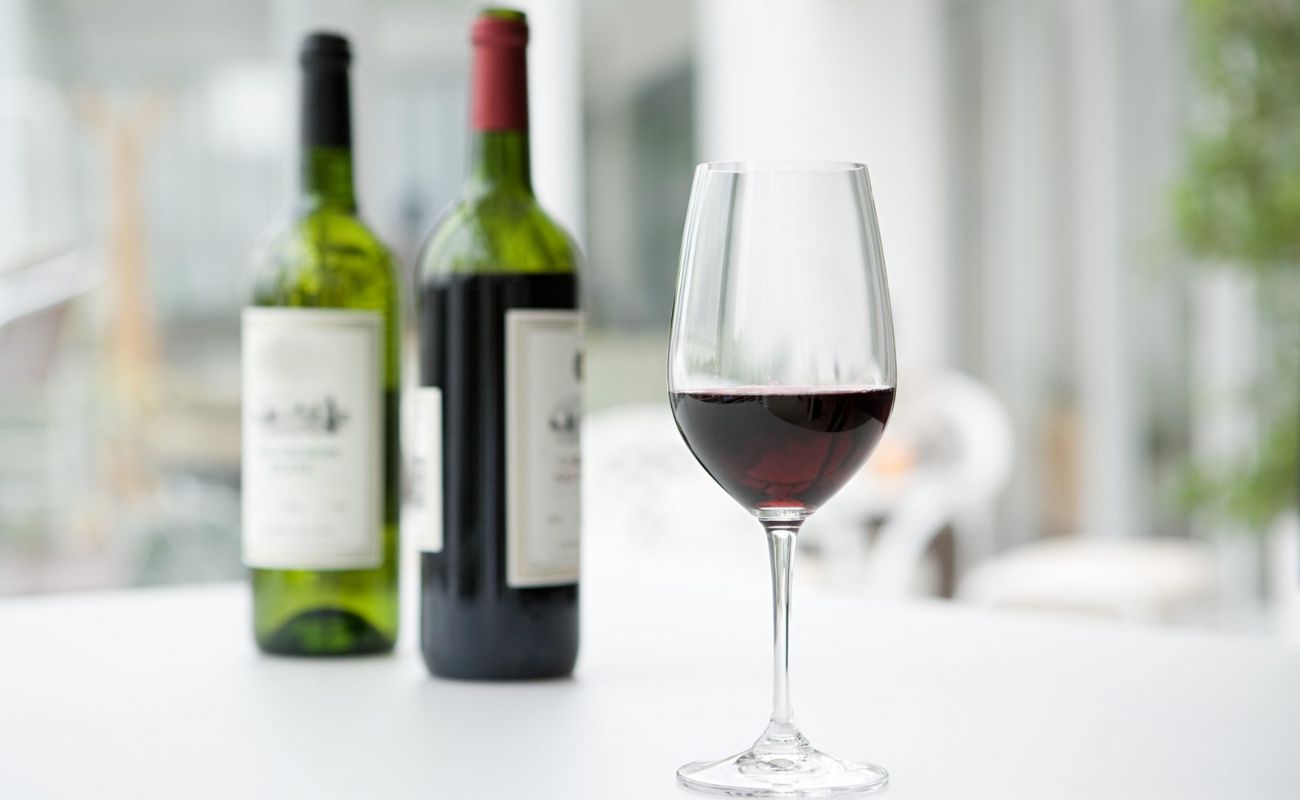
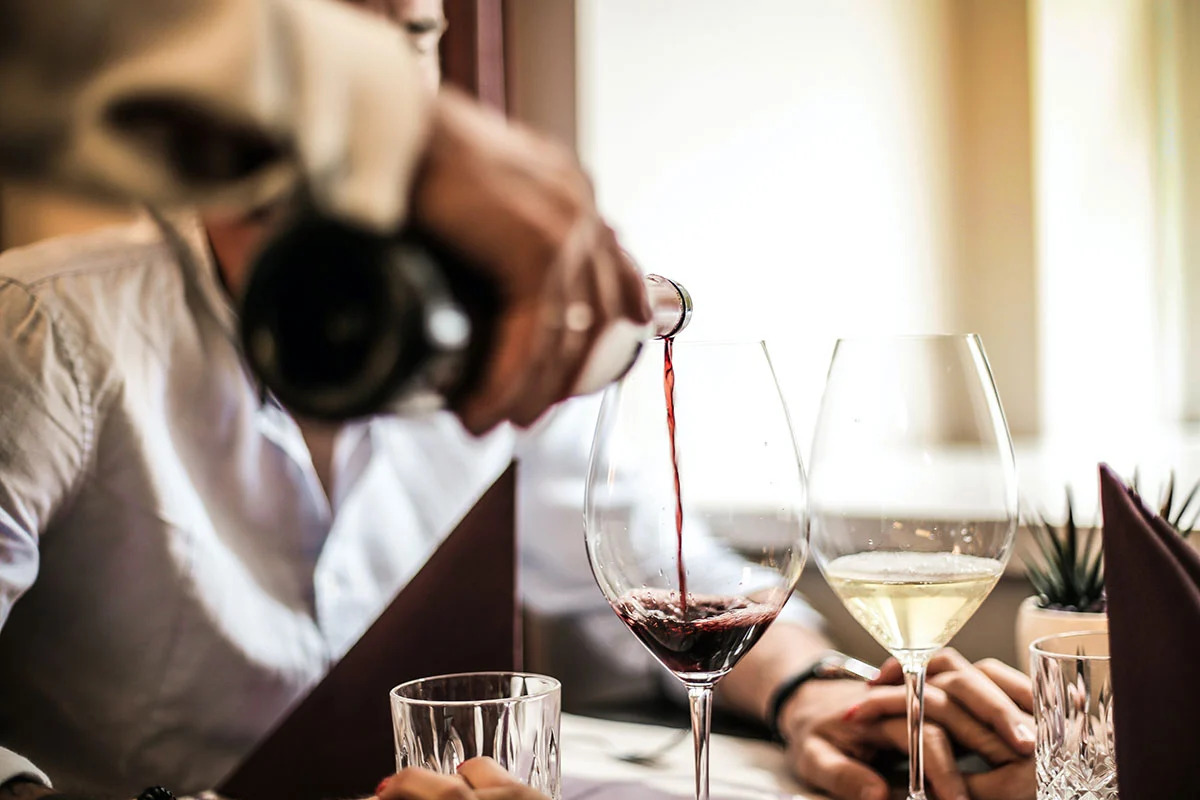
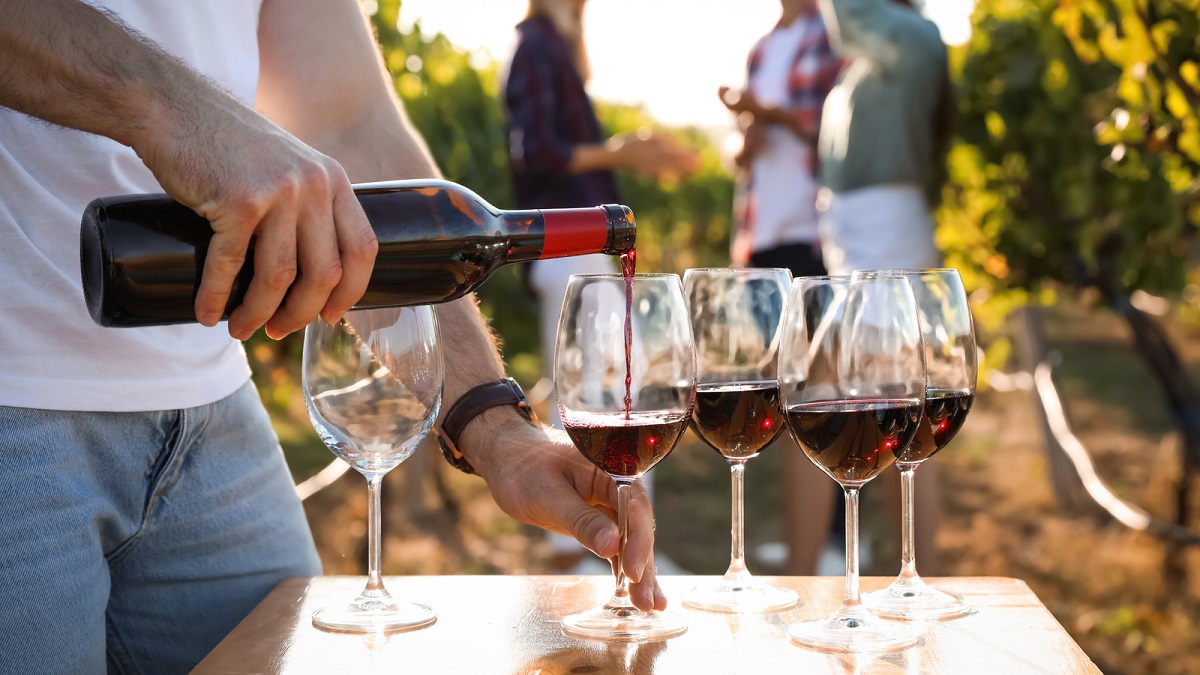
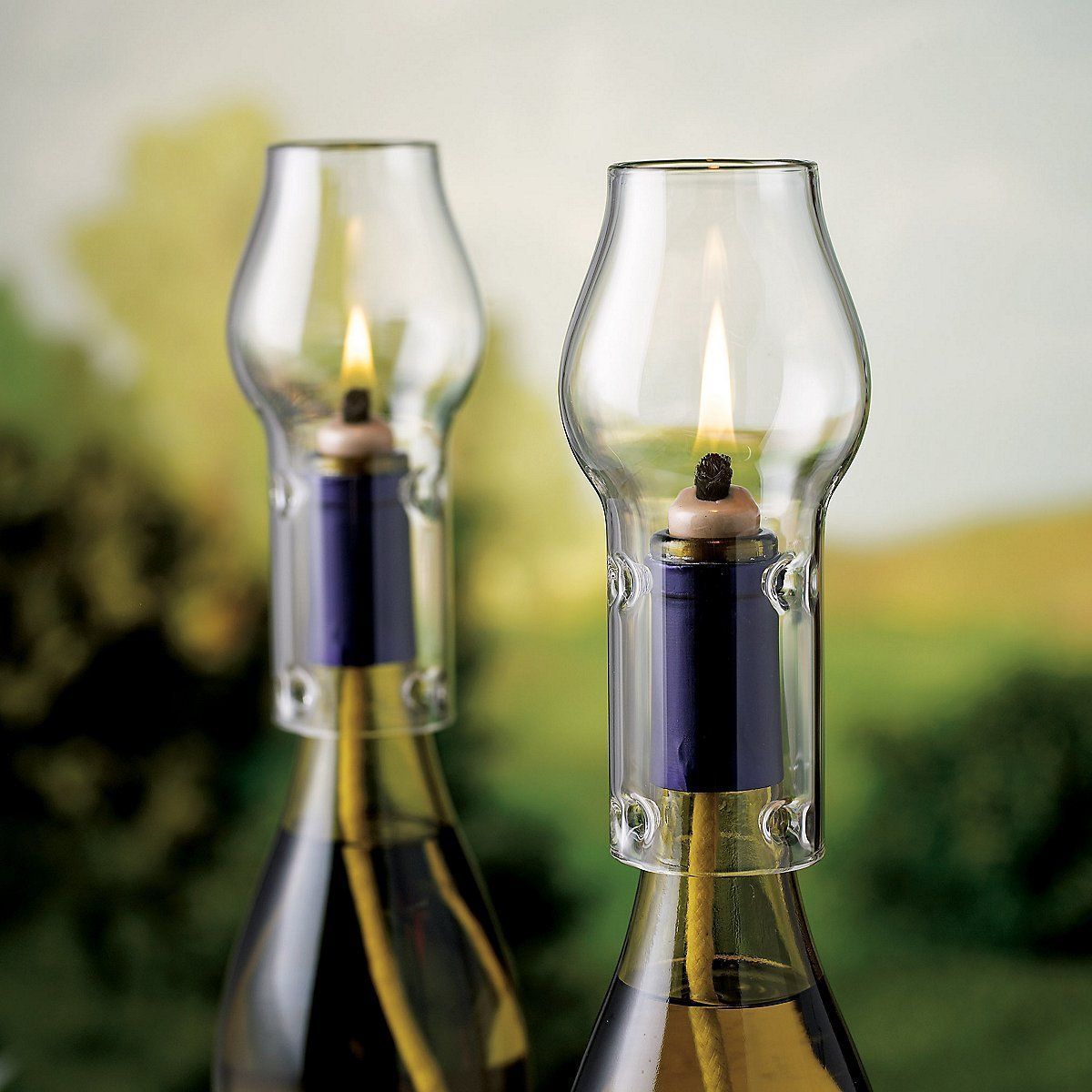
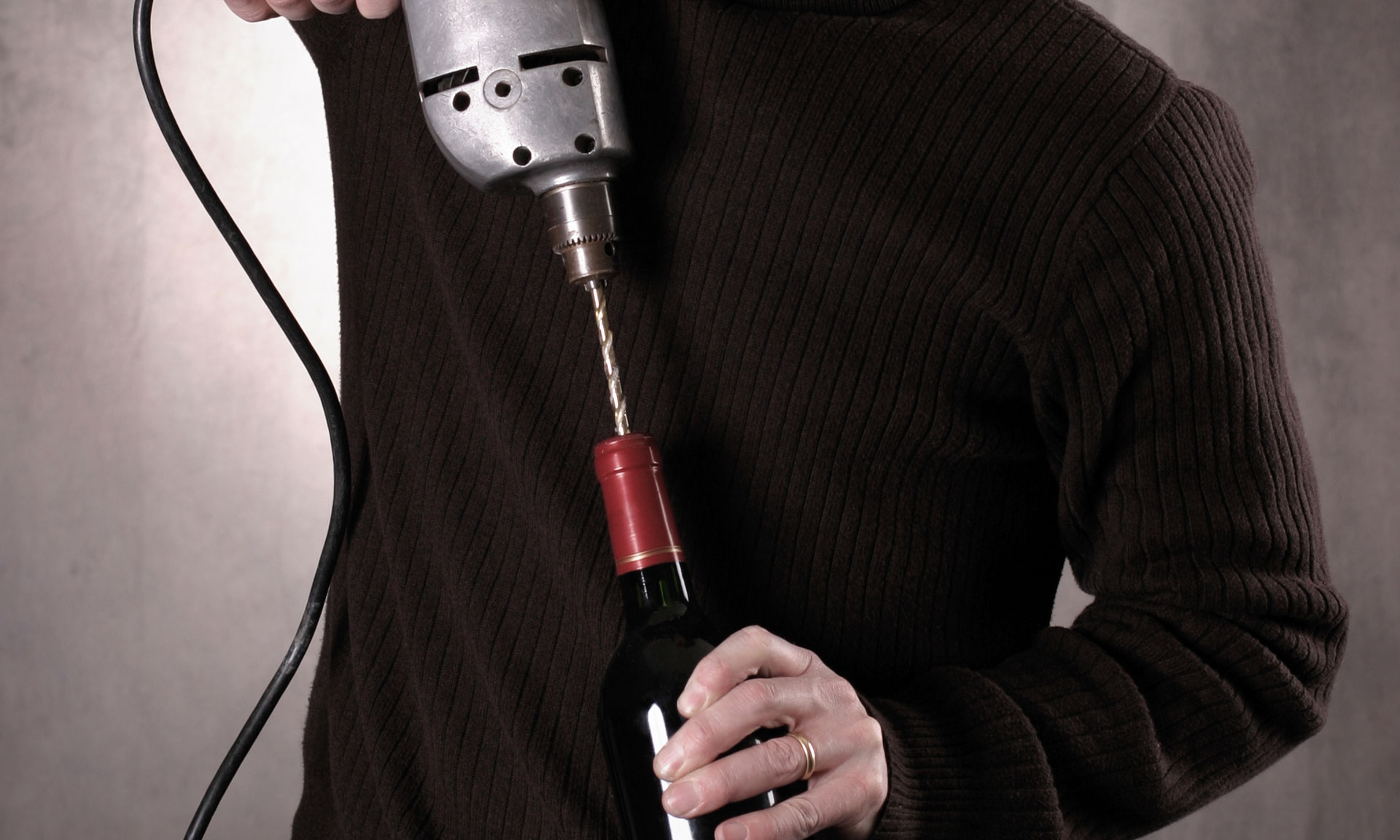
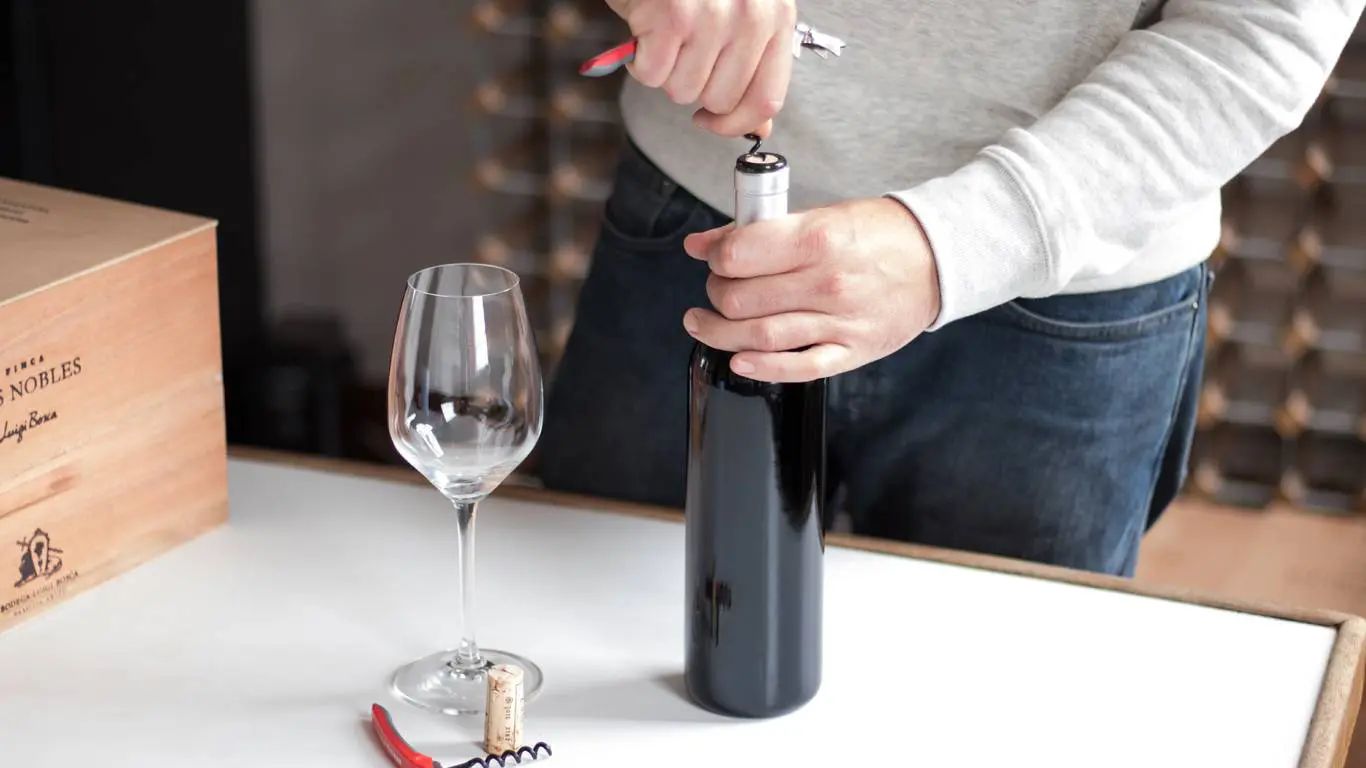

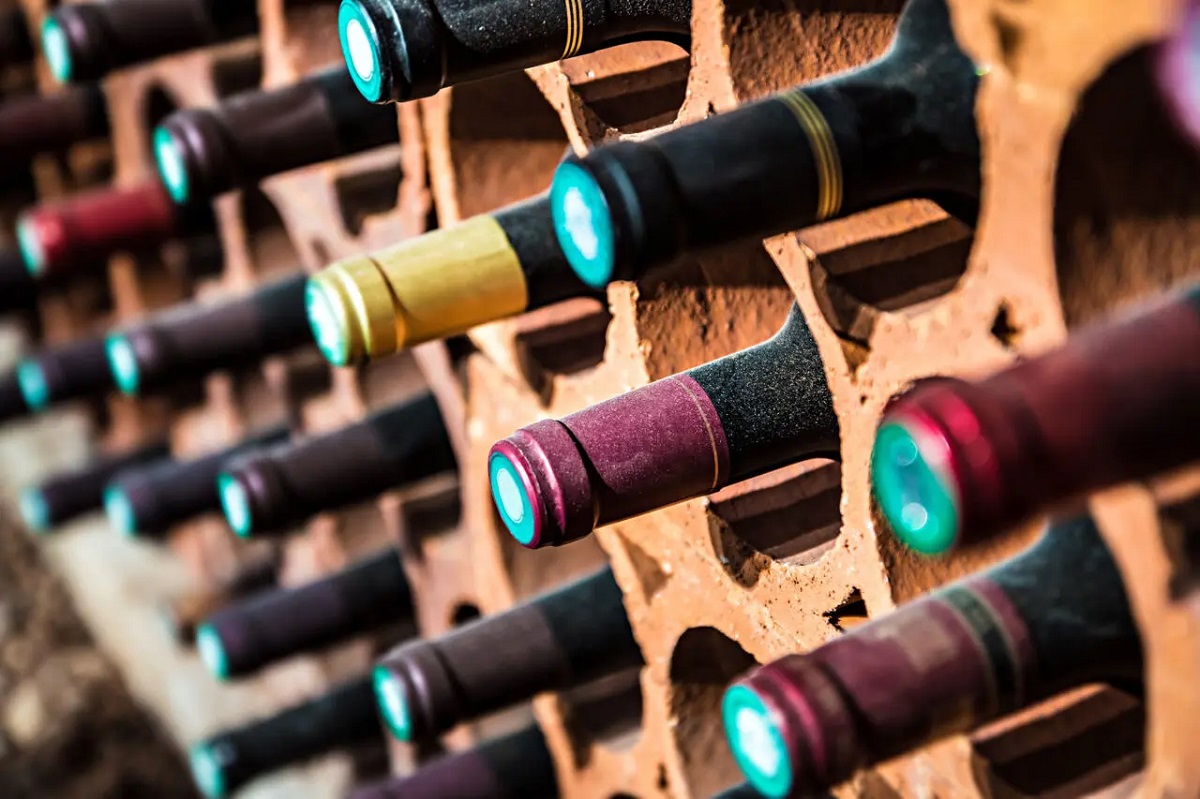
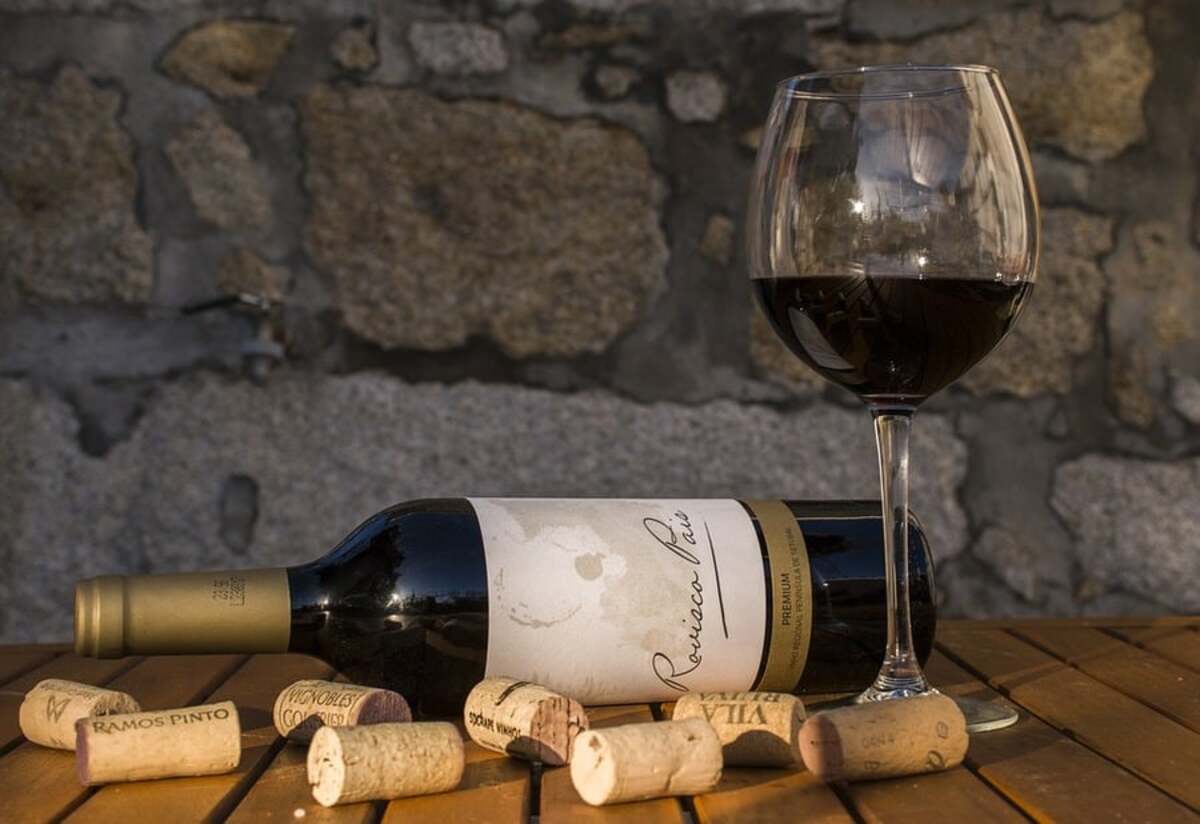
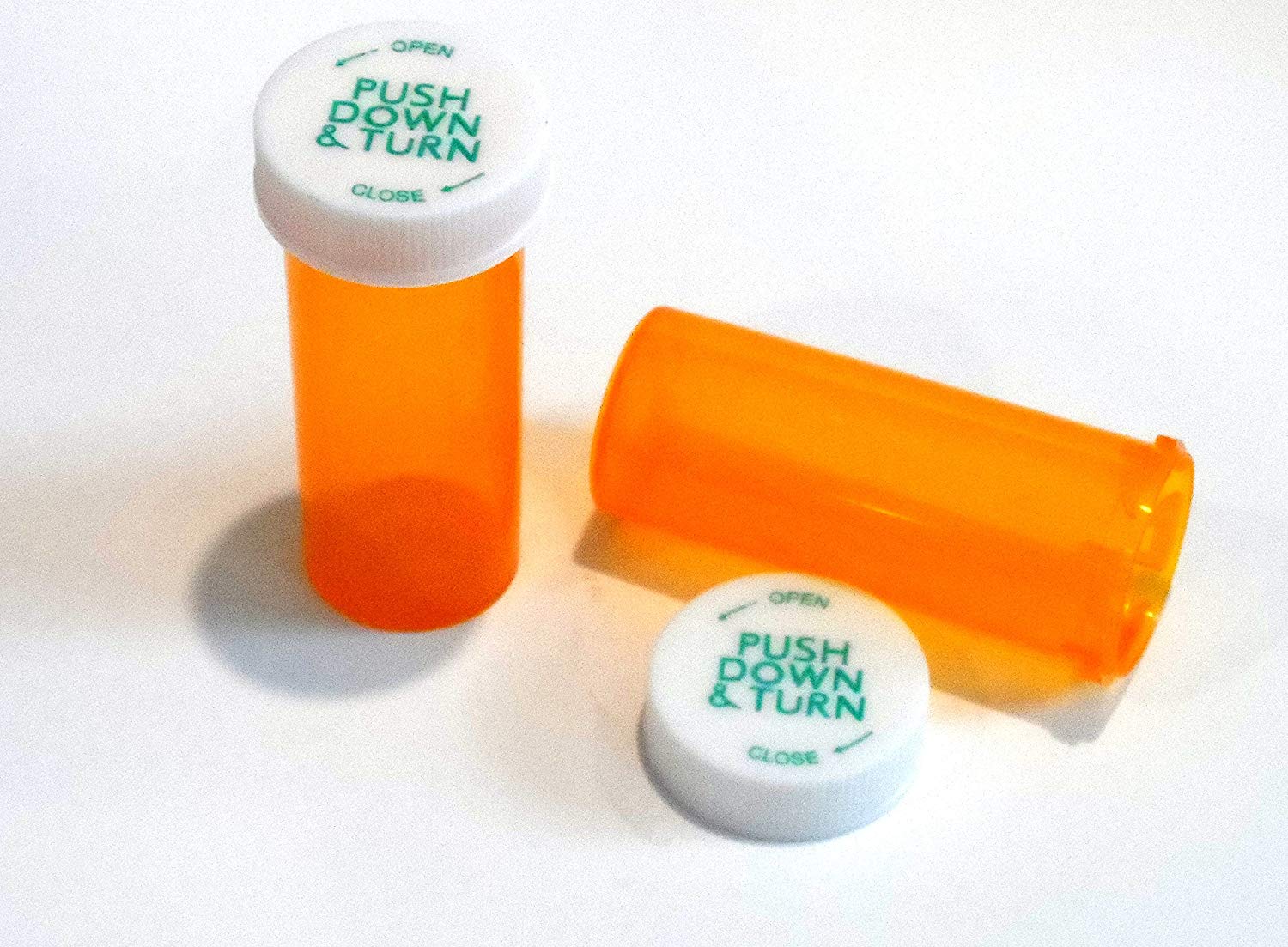
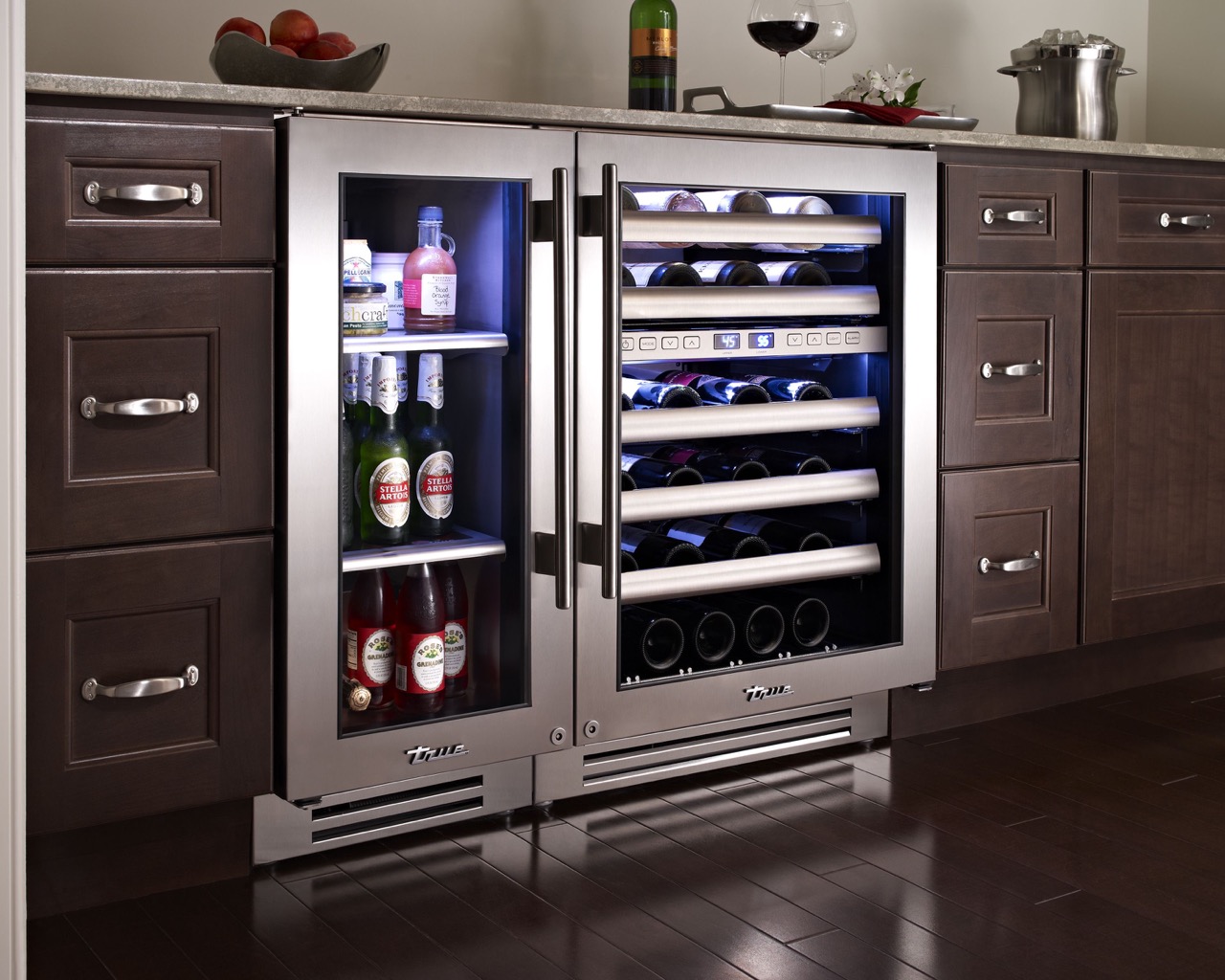
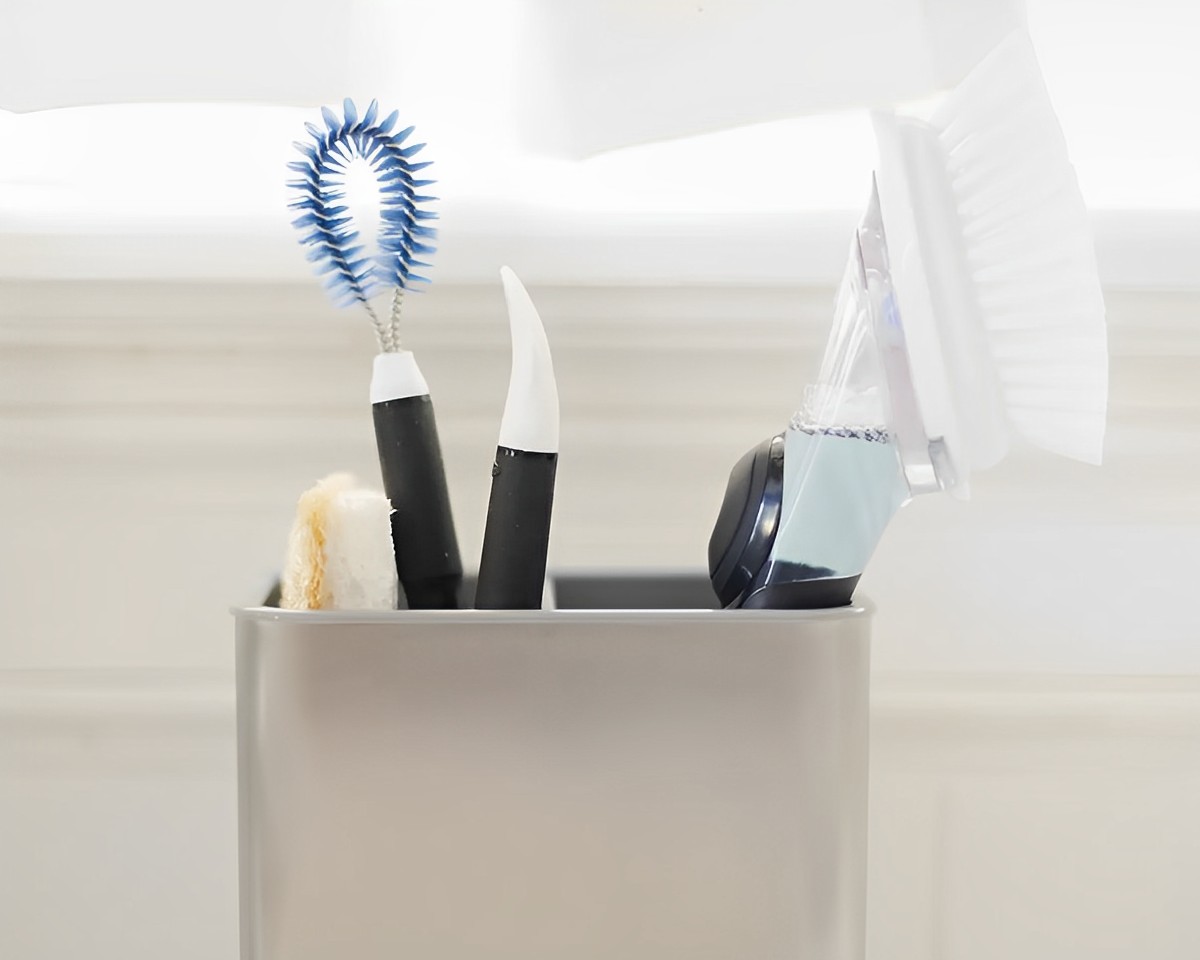
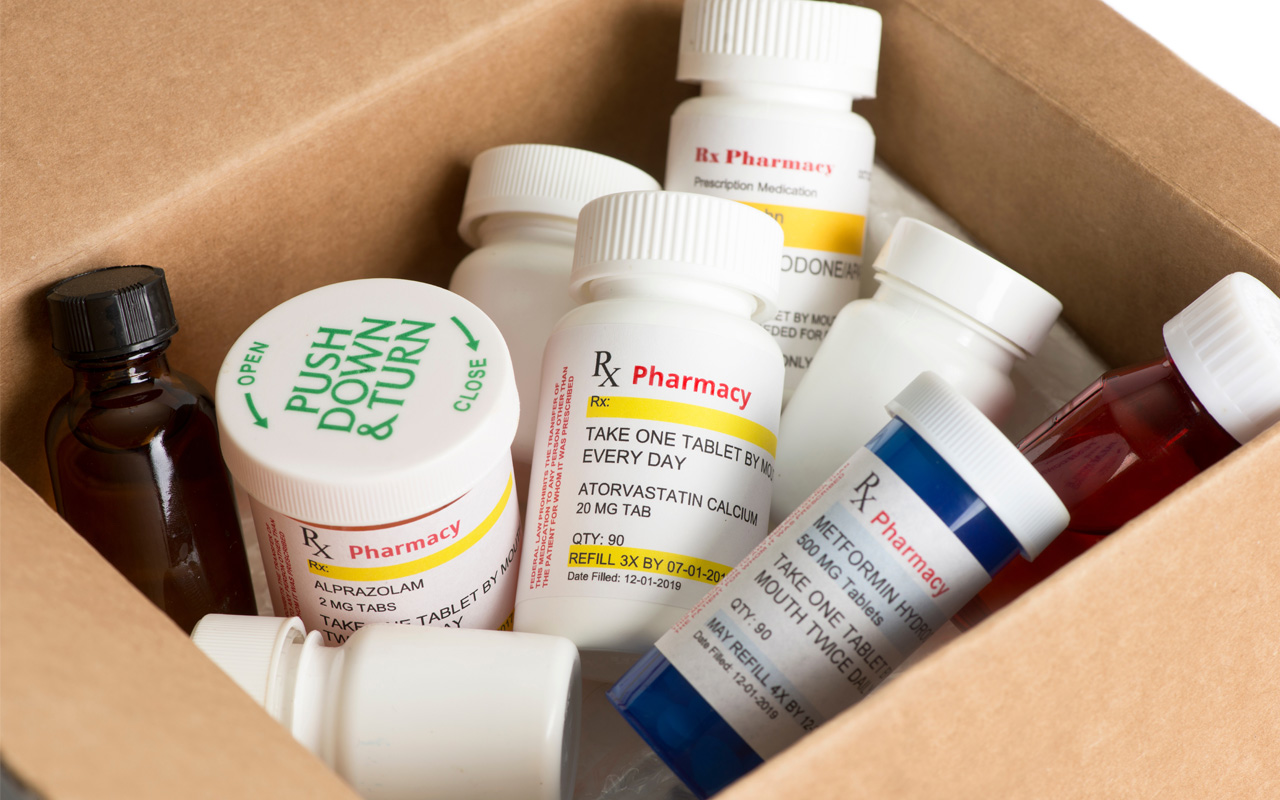

0 thoughts on “How To Store A Bottle Of Wine”